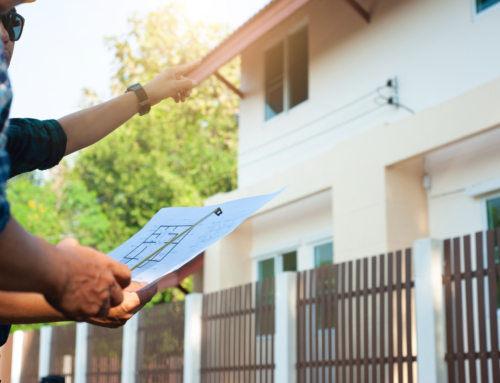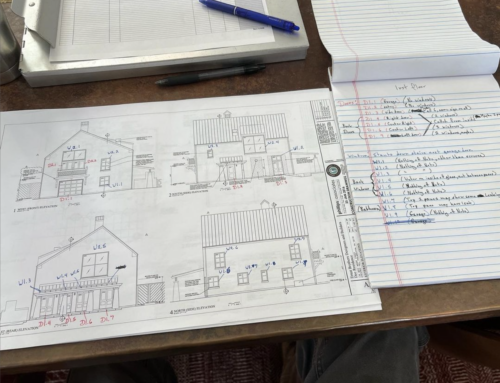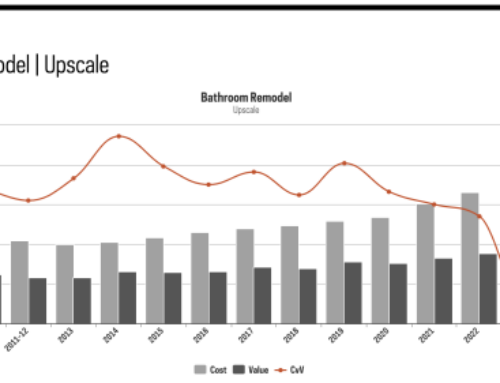Investing in Energy Upgrades? Spend Your $$ Wisely
We recently caught up with one of our HVAC pros. He’s a very nice and knowledgeable guy who works for a large HVAC company, whose name I won’t mention here. He let us know they have been installing a lot of geothermal HVAC systems and had just completed one for a house in Mt. Airy, a town on the outskirts of Philadelphia.
Let me provide a little backstory on this. Typically, geothermal is done for houses with yards since the geothermal heat/cool collectors are placed in drilled holes in the ground, or under a lot of soil, or in ponds. In other words, you need access to soil or groundwater to make use of the system. That’s because these systems use the constant heat/cold differential of the earth, or a pool of water, to condition the air in your home.
This particular home is about 1,500 sf — not a big house, by any means — located in an area that typically offers minimal yard space. In the case of this project, we were told they drilled three 250-foot-deep holes for the system installation, and the project cost $30,000. We didn’t get the background on the house or why the homeowners wanted to replace their existing system. It could be they had an original hot-water heat system and no A/C at all. We see that a lot in Philly. Because these old heaters had few moving parts, they can still be in use after 60 to 80 years. Typically, these old heaters are very inefficient, and the houses are uninsulated with old wooden windows.
Make no mistake: we think geothermal is a great system to use, and we consider this option for some of the homes that we work on. But $30,000 is a lot of money, even with the 30 percent tax break currently offered by the government. Did this homeowner make the best decision when it came to spending his renovation dollars? Sounds like he was happy enough.
But maybe a general contractor who looked at the whole-house system with the homeowner might have suggested conducting an efficiency audit for $500, followed by super-insulating the house for $2,000 to $3,000, and then installing a simple gas-fired hot water heat and domestic hot-water system. For this size house, that HVAC system would run about $10,000 – $13,000 installed, A/C included. In this scenario, the homeowner would have paid about half the price of the geothermal system and would still be eligible for tax breaks for all of these efficiency measures.
Keep in mind that energy efficiency means using less energy, and the most expensive solution is not always the most appropriate one. Typically, installing proper insulation after an efficiency audit will yield impressive results. Once that is done, heating and cooling appliances can be chosen to suit the homeowner’s needs and complete the efficiency upgrade.





